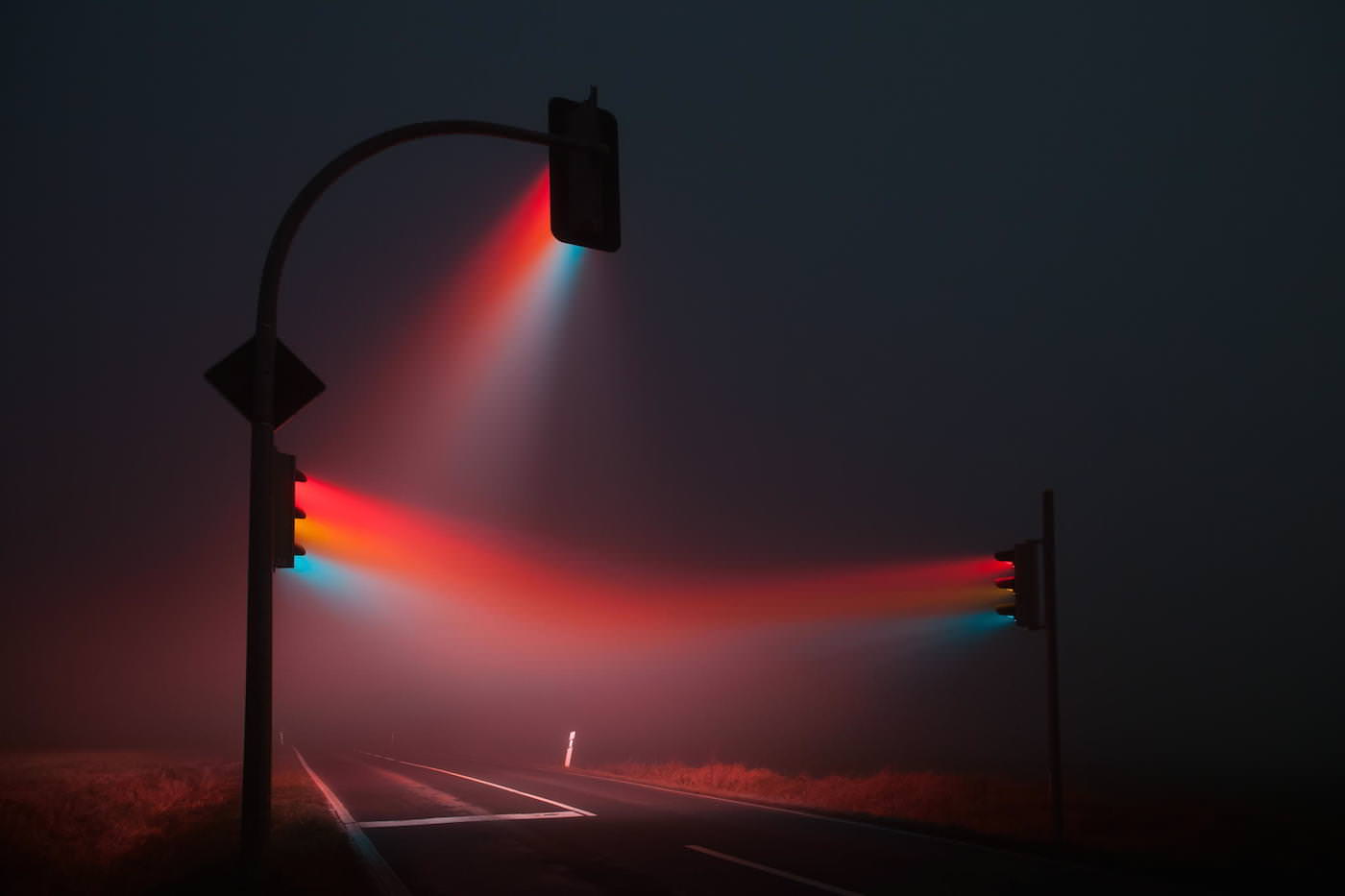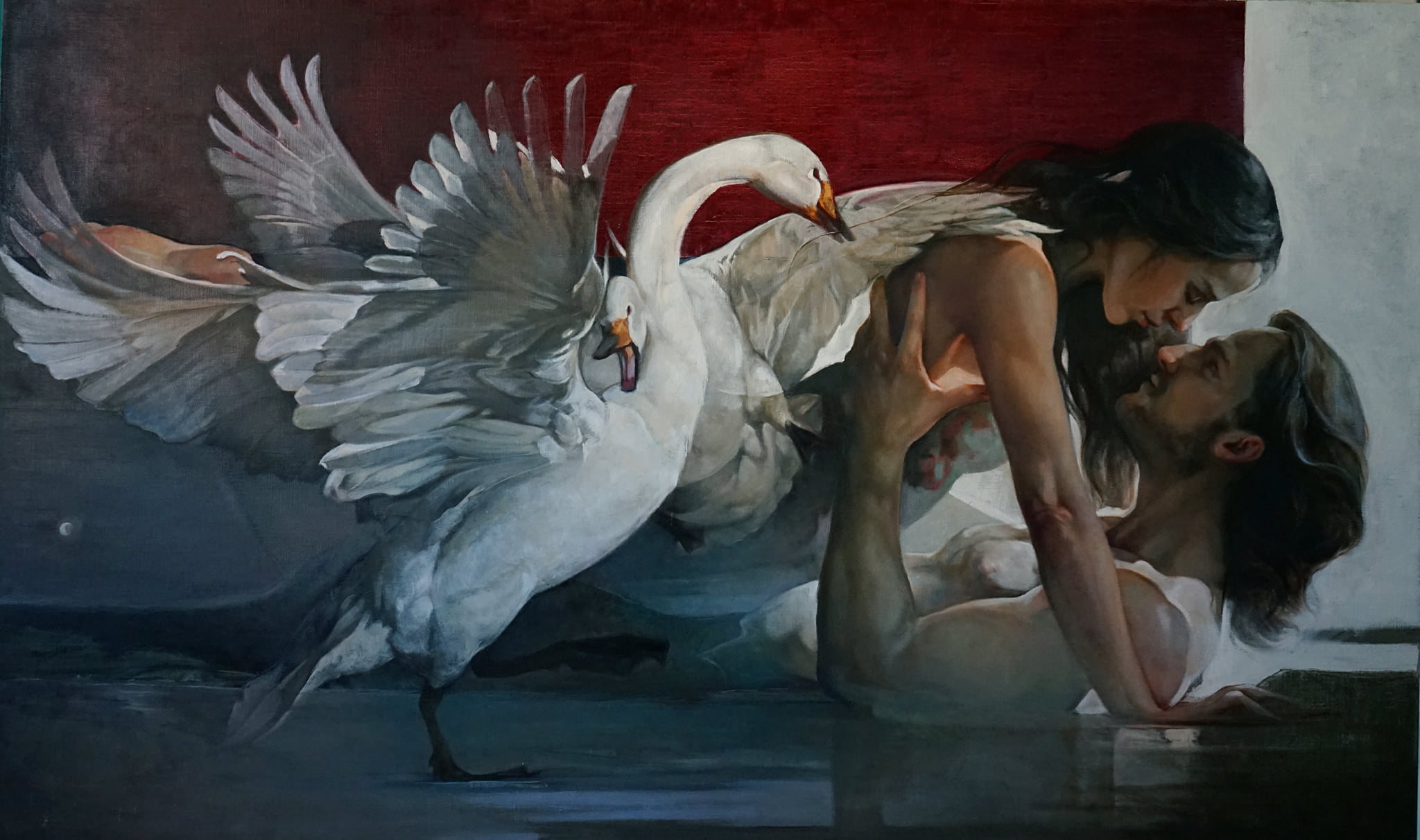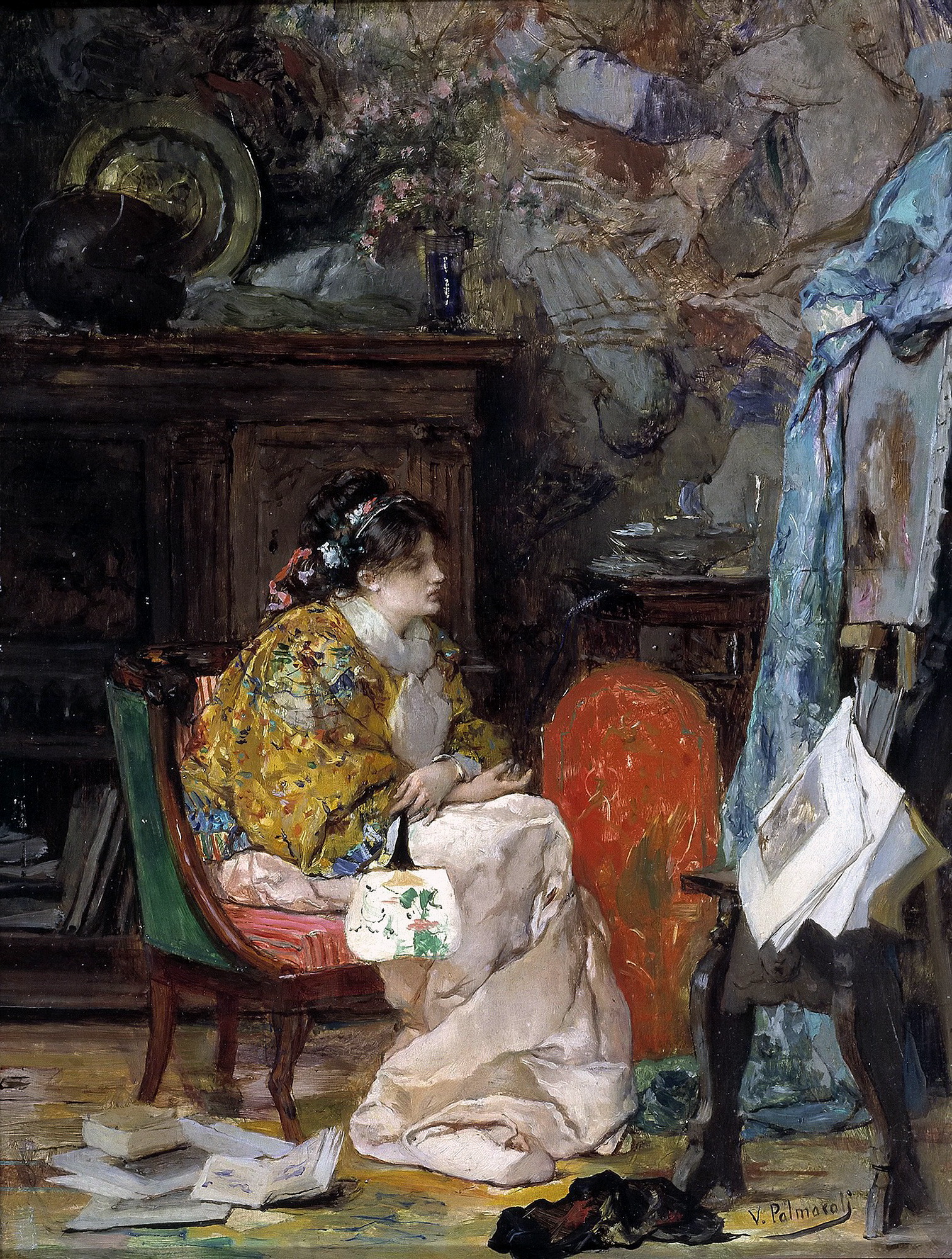Gabriele Münter (19 February 1877 – 19 May 1962) was a German expressionist painter who was at the forefront of the Munich avant-garde in the early 20th century.
She studied and lived with the painter Wassily Kandinsky and was a founding member of the expressionist group Der Blaue Reiter.
Early life
Münter was born to upper middle-class parents in Berlin on 19 February 1877.
Her family supported her desires to become an artist. Her father died in 1886. She began to draw as a child.
As she was growing up, she had a private tutor. In 1897, at the age of twenty, Münter received artistic training in the Düsseldorf studio of artist Ernst Bosch and later at the Damenschule (Women's School) with artist Willy Spatz.
By the time she was 21 years old, both of her parents had died and she was living at home with no occupation.
In 1898, she decided to take a trip to America with her sister to visit extended family. They stayed in America for more than two years, mainly in the states of Texas, Arkansas, and Missouri; six sketchbooks survive from Münter's period in America, depicting images of people, plants and landscapes.






.jpg)

